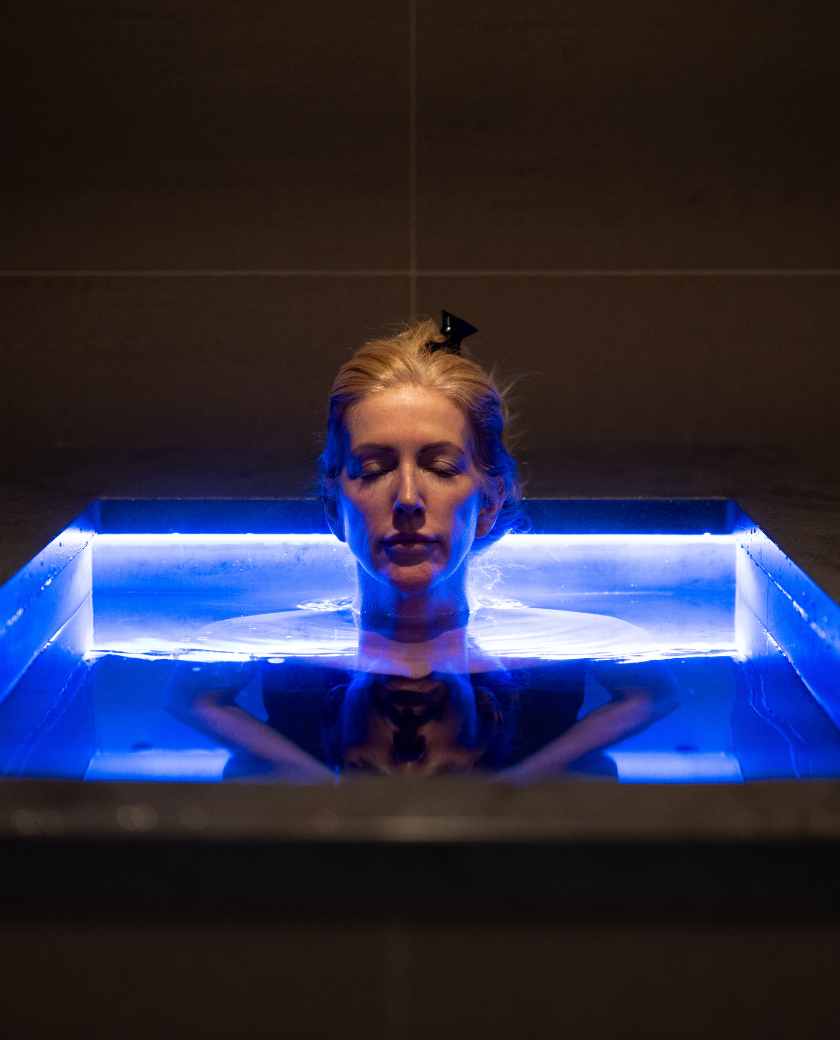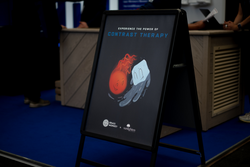What breathwork should I use in an ice bath?

Everyone breathes. But when it comes to breathwork the word ‘work’ is very deliberate.
With our modern lifestyles, stress, poor posture, and low awareness of how to breathe ‘properly’ have meant that for the vast majority, this completely free and incredibly powerful tool has fallen by the wayside.
Breathwork alone can improve our health, both mental and physical health (although we consider them one and the same thing) just by learning some simple techniques.
Using it as a preparation tool before your cold water immersion practice is one of the most effective methods of calming the central nervous system. Weather in an wild swim dip spot or a an ice bath, slowing your heart rate, and stilling the mind before a dip is crucial. Breathing techniques that help focus on the challenge ahead will not only help you get into the cold water (for some the most difficult barrier to overcome) but will also help you stay in the water for longer.
There are so many breathwork techniques out there, but which ones will help with your cold immersion practice?
How should you use breathwork before you enter the cold?
An easy one to get started is Box Breathing. And as the name suggests it works in counts of four.
- Inhale for the count of four
- Exhale for the count of four
- Inhale for the count of four
- Exhale for the count of four
Each count doesn’t have to take 4 seconds. Just count to four at a pace that suits you, so long as each count takes the same length of time. Keep the image of a box or square in your mind and think of each breath as taking up one of the equal sides.
The longer the side, the deeper and longer the inhales and exhales will be. As you gain more control and breathe deeper, your heart rate will slow, preparing you for the cold.
If you’re looking for a more advanced option, the Wim Hof technique is the one for you. This is strictly to be practiced before not during your cold immersion as you’ll experience some light-headedness, and even lose consciousness momentarily, depending on the speed and depth of your breathing. Download the Wim Hof app to access his guided breathing sessions.
How should you use breathwork during your cold water immersion?
Your panic response will try and force your breathing to quicken or ‘gasp’ at first. We can combat and control this response with steady, deep, calm breaths. Slowly In through the nose followed by a slow, long exhalation through the mouth. Repeat this process again and again.
When you first enter the cold, the urge to fight it will be the strongest sensation, but with your breathing technique you’ll regain control will take a few seconds. As control returns, with each breath, your breathing as a whole will slow down.
Remember to relax your shoulders. This will tell your body that everything is ‘ok’. You’re in control and you’re going to be fine. Your panic response can stand down.
You could even use your box breathing for this if you need a more solid structure to focus on.
Ensure that any breathing technique you take on does not include any breath holds or fast breathing.
Breathwork after cold water immersion
When you exit the cold water, make sure you do so slowly. Whether you’ve been in the water for 1 minute or 5 minutes (or more depending on the temperature), you’ll likely feel calm and fully in control of your breath at this point. Maintaining your focus after the cold water immersion is as important as the prep work.
Feel free to continue with your box breathing if this is working for you.
As an alternative, you could try Pranayama breathing, particularly if having a physical action to focus on helps continue your calm state.
This technique involves holding one nostril at a time. Start by breathing a full breath out of one nostril, back in again that same nostril, hold it shut then breathe out, then in again with the other. This balances out the brain hemispheres and centres your mind by focusing on the breath.
Whatever breathwork you go for, make sure it works for you.
Watch all the Daniel Kluken Series on mastering the cold:












